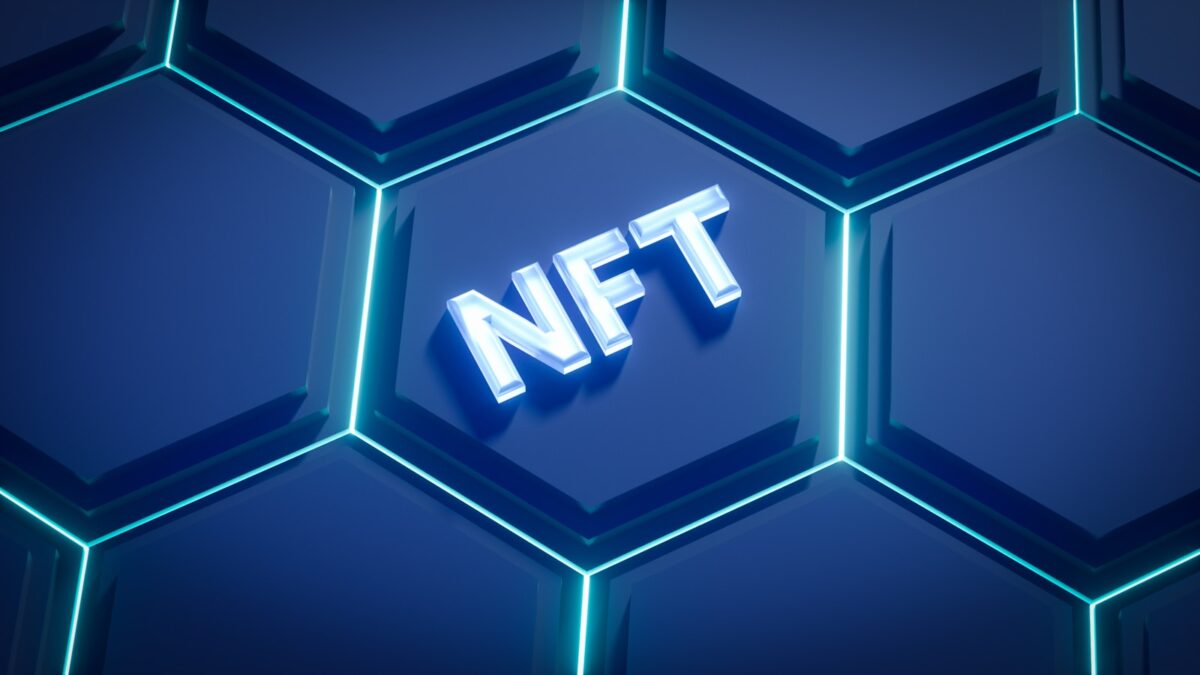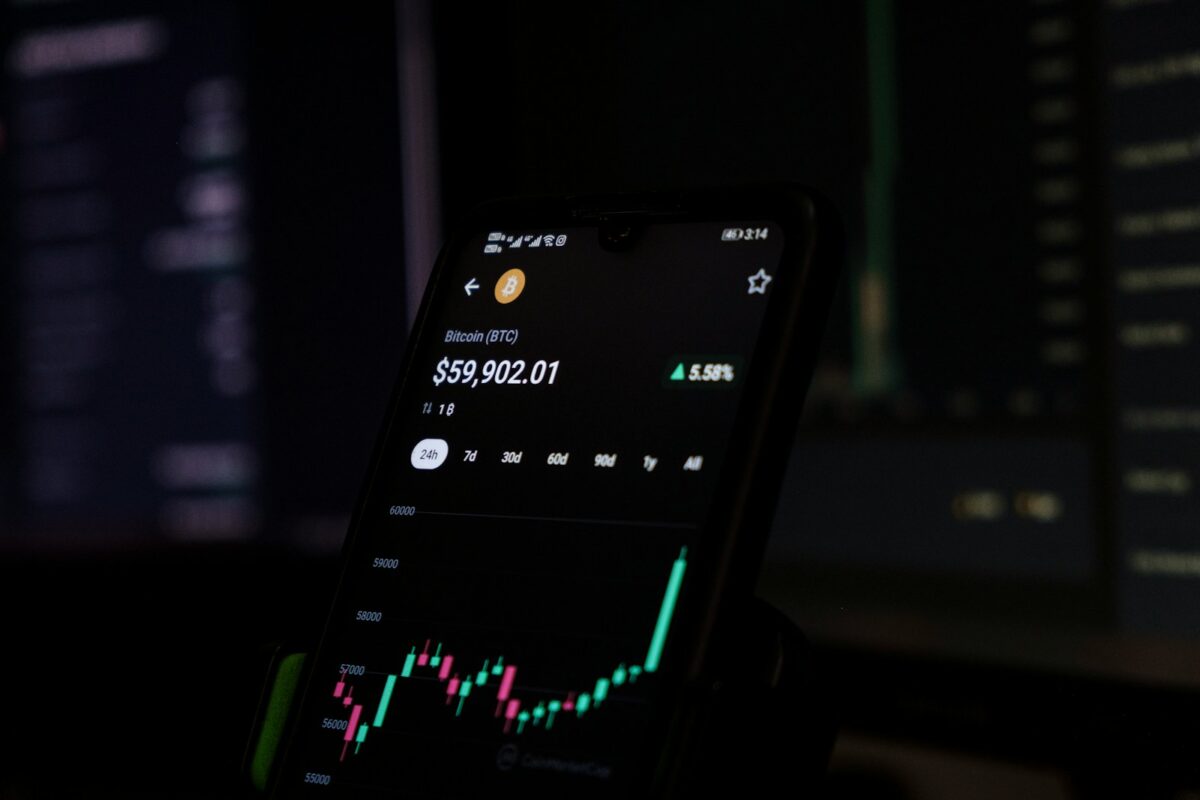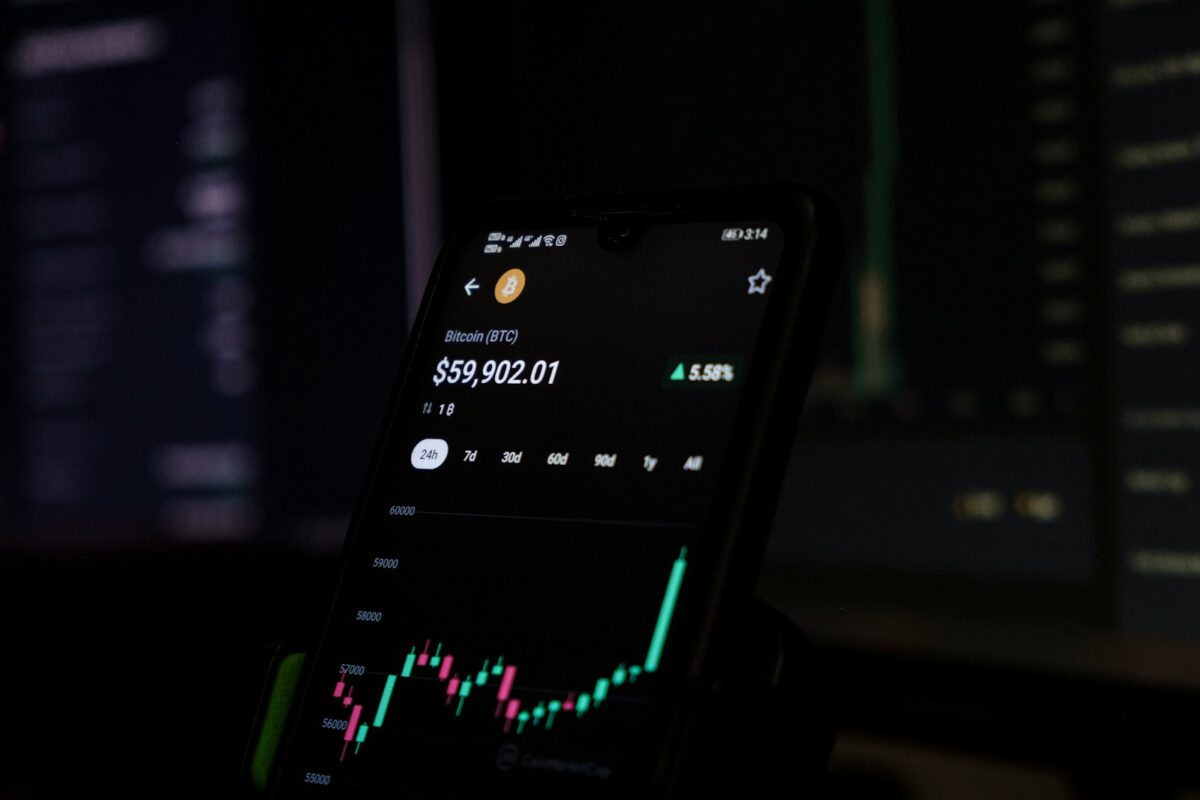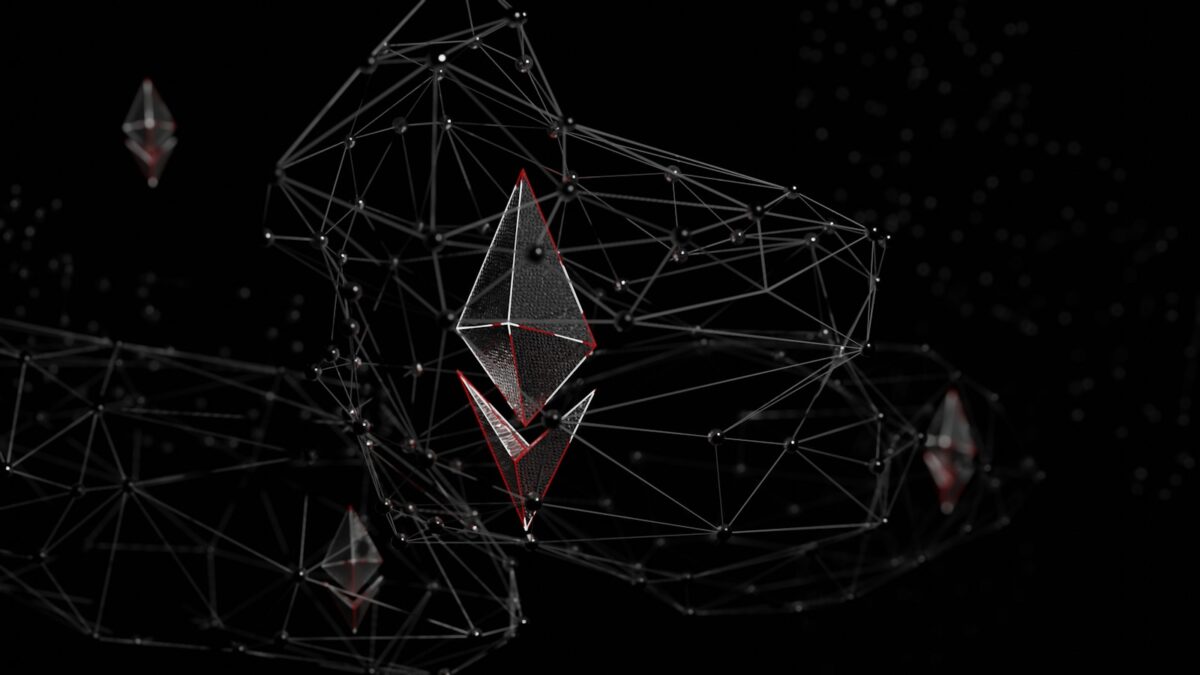
Cryptocurrency front-running explained

To counter transaction manipulation that exploits the mempool’s visibility, it is essential to grasp how actors reorder transactions based on fees and gas price to secure priority. By submitting transactions with higher gas fees, these participants can insert their operations ahead of pending ones, capturing arbitrage opportunities or increasing profit margins through timely execution. This practice leverages the transparent queue of unconfirmed transactions and disrupts fair ordering.
The mechanism relies on monitoring the mempool for valuable transactions and reacting swiftly by broadcasting replacement transactions that outbid existing fees. This fee-driven prioritization enables strategic insertion before targeted operations, often resulting in financial gain at the expense of original senders. Recognizing this dynamic helps in designing defenses or optimizing transaction timing to reduce vulnerability to such predatory tactics.
Exploring these ordering strategies reveals how network participants exploit fee markets and gas competition to maximize returns. Understanding the interplay between transaction propagation, fee bidding, and miner selection criteria provides a pathway to mitigate risks or harness similar techniques responsibly. Investigating this phenomenon deepens comprehension of blockchain transaction flows and economic incentives shaping network behavior.
Understanding Transaction Ordering and MEV in Blockchain Networks
To mitigate profit opportunities from transaction reordering, miners and validators prioritize transactions based on gas fees, which directly influence their position in the mempool queue. Transactions offering higher fees are more likely to be included earlier in a block, allowing actors to capitalize on price movements or arbitrage before others. This prioritization mechanism creates an environment where certain participants monitor pending transactions and attempt to insert their own with increased gas prices to secure a preferable ordering.
These actions revolve around maximizing Miner Extractable Value (MEV), representing profits gained through strategic transaction sequencing within blocks beyond standard block rewards and fees. By analyzing the mempool for profitable trades, such as decentralized exchange swaps or liquidations, participants can place competing transactions that effectively “jump the line,” capturing arbitrage opportunities resulting from delayed inclusion of original orders.
Mechanics of Transaction Reordering and Its Impact on Market Efficiency
Transaction reordering exploits the transparent nature of blockchain mempools, where unconfirmed transactions are publicly visible before finalization. Bots continuously scan these pools for large trades that will likely move asset prices. Once identified, they submit counter-transactions with elevated gas fees to front-run those trades, thereby gaining priority in block inclusion. This mechanism leverages the fee market dynamics and block space scarcity, directly affecting trading outcomes.
This phenomenon introduces complexities in maintaining fair market conditions since it allows entities with superior technical infrastructure or capital resources to extract profits through timing advantages rather than fundamental analysis or long-term investment strategies. The interplay between gas price bidding and transaction sequencing has led to research on fair ordering protocols designed to reduce MEV extraction by minimizing arbitrary transaction rearrangements.
Exploring Arbitrage Strategies Enabled by Transaction Prioritization
Arbitrage opportunities arise when discrepancies exist between asset prices across different decentralized exchanges or liquidity pools. Actors observing the mempool can strategically order transactions to exploit these gaps by executing simultaneous buy and sell operations within a single block. Effective use of increased gas prices ensures these arbitrage trades are confirmed first, securing risk-free profits before market adjustments occur.
- Example: A trader spots a token priced lower on Exchange A than Exchange B. By submitting a high-gas-fee swap on Exchange A ahead of others’ orders followed immediately by selling on Exchange B within the same block, they lock in gains despite volatile price changes.
- Gas Fee Dynamics: The necessity to outbid competitors elevates network fees during periods of intense arbitrage activity, sometimes leading to inefficient resource consumption across the ecosystem.
Research Insights into Mitigation Techniques Against Unfair Transaction Ordering
Emerging protocols aim to address value extraction through transaction sequencing by implementing concepts like threshold encryption or commit-reveal schemes that obscure pending transactions until included in blocks. Such methods reduce visibility into mempool contents, limiting actors’ ability to preemptively react via fee bidding strategies.
Additionally, proposals for fair batch auction models reorder transactions deterministically based on predefined rules rather than fee submission alone. These approaches intend to balance incentives while curbing excessive MEV-driven competition without compromising throughput or decentralization levels significantly.
The Role of Gas Markets and Fee Structures in Shaping Network Behavior
Tactical Approaches for Participants Seeking Fair Execution Opportunities
Users aiming to minimize adverse effects from aggressive transaction sequencing should consider adjusting gas prices dynamically based on network congestion metrics combined with time-sensitive execution needs. Employing smart contract designs resistant to predictable arbitrage patterns also reduces vulnerability by obfuscating trade intentions until finalized.
An alternative path involves leveraging decentralized relayers or private transaction pools that bypass public mempool exposure temporarily, diminishing visibility into pending orders and thereby restricting external attempts at profit-driven reordering prior to inclusion.
How Front-Running Exploits the Mempool
To mitigate transaction manipulation, it is essential to understand how actors leverage the mempool’s transparency for profit. The mempool, a public queue of pending transactions, allows anyone to observe unconfirmed operations before they are included in a block. Malicious participants exploit this visibility by monitoring high-value transactions and submitting their own with elevated gas fees, thereby increasing their priority in ordering within the block.
This practice hinges on manipulating transaction sequencing to gain an advantage over others. By front-running, these actors insert their transactions ahead of targeted ones, capturing arbitrage opportunities or otherwise profiting from anticipated market movements. The core mechanism depends on outbidding original fees to ensure miners prioritize their operations first.
Mempool Dynamics and Transaction Ordering
The mempool acts as a decentralized buffer where nodes store incoming transactions prior to confirmation. Since miners select transactions based primarily on offered gas fees, those willing to pay more achieve higher priority. This creates an economic incentive structure whereby fee bidding becomes a strategic tool for ordering control.
Arbitrageurs often monitor the mempool for profitable trades, such as price discrepancies across decentralized exchanges (DEXs). When they detect a large swap that will alter prices significantly, they submit preemptive transactions with increased gas limits and fees to execute profitable counter-trades immediately before the detected order finalizes on-chain.
- Example: A trader sees a pending transaction swapping ETH for DAI at a favorable rate;
- They submit a higher-fee transaction buying DAI first;
- This causes subsequent price impact benefiting their position once the original swap executes;
- The difference between acquisition and sale prices translates into direct profit.
This sequence exploits the natural transparency of the mempool combined with miners’ fee-based prioritization policies.
Gas Fees as Priority Levers in Transaction Sequencing
The selection and ordering of transactions depend heavily on gas pricing strategies. Miners maximize revenue by including transactions offering higher fees per unit gas. Front-runners capitalize on this by not only matching but exceeding these costs to jump ahead in execution queues.
Such behavior increases overall network congestion and elevates average transaction costs temporarily. However, it also demonstrates how economic incentives embedded in blockchain protocols can be harnessed strategically beyond intended uses–to reorder state transitions for financial gain.
The table illustrates typical fee differentials used to manipulate ordering within blocks effectively.
The Role of Arbitrage Strategies in Exploiting Transaction Ordering
Arbitrage involves capturing risk-free profits from price inefficiencies between markets or exchanges. When front-running utilizes mempool data, it transforms theoretical opportunities into executable gains through transaction priority adjustments.
A concrete example includes sandwich attacks–where attackers place one transaction before and another after a victim’s trade–to inflate purchase prices temporarily and sell assets at artificially increased values post-execution. This strategy requires precise timing enabled solely by real-time mempool access combined with dynamic fee bidding mechanisms.
Technical Countermeasures and Network-Level Responses
Emerging solutions aim at reducing exploitation risks inherent in transparent mempool designs. Approaches include encrypted or private mempools, where pending transactions remain hidden until inclusion in blocks, thus denying opportunistic observers early insight into ordering intentions.
Additionally, protocol-level modifications propose alternative fee models or randomized ordering schemes that disrupt predictable priority assignment based solely on gas fees–thereby complicating front-running tactics reliant on straightforward bidding wars for execution precedence.
Towards Experimental Investigation of Mempool Manipulation Effects
An experimental framework involves simulating mempool conditions under varying fee distributions and measuring resultant transaction ordering patterns using testnets or controlled environments like Ganache or Hardhat. Tracking profit margins across different network states can illuminate cost-benefit thresholds where manipulation remains viable versus prohibitively expensive.
- Create parallel sets of identical trades with incremental gas fee adjustments;
- Analyze inclusion order relative to submitted fees;
- Measure realized arbitrage profits against incurred additional costs;
- Evolve strategies iteratively based on observed miner behaviors and network congestion impacts.
This stepwise investigation fosters deeper understanding of how mempool transparency interfaces with economic incentives shaping blockchain transaction flows–encouraging further innovation in mitigating manipulative exploitations while preserving openness foundational to decentralized systems.
Tools used for front-running attacks
Maximizing MEV extraction relies heavily on precise control over transaction ordering. Attackers utilize specialized bots monitoring the blockchain’s mempool, where pending transactions reside before confirmation. By continuously scanning this pool, these bots identify profitable opportunities such as arbitrage or liquidation events. They then craft their own transactions with strategically increased gas fees to gain priority in block inclusion, effectively positioning themselves ahead of target transactions.
The core mechanism enabling these strategies is manipulating transaction priority. Miners and validators prioritize transactions offering higher rewards via gas price bidding. Front-runners exploit this by submitting multiple competing transactions with incrementally raised fees, ensuring their operations execute first. This technique demands real-time data processing and automated decision-making systems capable of rapid fee adjustments and broadcasting to miners willing to reorder transactions for additional income.
Key tools and frameworks facilitating transaction manipulation
- Mempool scanners: Software agents intercept mempool data streams to detect lucrative trades before they are mined. Examples include Flashbots’ public relay services that expose pending orders susceptible to MEV extraction.
- Gas price oracles: These provide dynamic fee recommendations allowing bots to outbid competitors efficiently without excessive cost overheads.
- Private transaction relays: Systems like Flashbots mitigate public visibility by sending bundles directly to miners, bypassing the public mempool and reducing risk of counter front-running.
- Automated arbitrage engines: Bots integrate exchange APIs and on-chain data feeds enabling swift cross-platform profit-taking through simultaneous multi-transaction execution.
A practical example involves sandwich attacks where a bot detects a large token swap in the mempool, submits a buy order with elevated gas fees just before it, then follows up with a sell order after execution. This sequence exploits price slippage induced by the victim’s trade, generating profit from minute market movements. Such methodologies combine deep understanding of network mechanics with sophisticated software engineering targeting maximal MEV capture while minimizing exposure to fee inflation risks.
Detecting Front-Running Transactions
Detection of transaction priority manipulation begins with analyzing mempool data to identify suspicious ordering patterns. Miners or bots may insert their own transactions ahead of pending ones, exploiting knowledge of upcoming trades for profit via arbitrage opportunities. Observing an unusual increase in gas fees paid by a transaction relative to others in the same block can indicate attempts to gain priority and reorder execution sequence.
One effective approach is to compare the timestamp and nonce progression of transactions submitted from related addresses. Consistent reordering that benefits a particular entity’s profit margins suggests miner extractable value (MEV) exploitation. Automated tools track these anomalies by correlating high-fee bids with profitable trade outcomes in decentralized exchanges, helping isolate potential manipulative behaviors in transaction flows.
Key Indicators and Methodologies
Prioritization detection involves scrutinizing the gas price dynamics within the mempool and subsequent blocks. Transactions paying significantly higher fees than average often seek immediate inclusion, disrupting natural ordering. Identifying repeated patterns where such transactions consistently precede target trades highlights strategies aimed at capturing arbitrage profits through rapid execution.
Statistical analysis on transaction sets can reveal clustering indicative of MEV-driven front-running. For example, if a transaction consistently follows another by a minimal time gap yet yields disproportionate gains, it signals preemptive positioning. Protocol-level monitoring systems can flag sequences where ordering deviates from standard fee-based sorting mechanisms enforced by consensus rules.
Case studies of decentralized finance protocols demonstrate that bots exploiting mempool visibility frequently submit bundles combining multiple transactions to ensure atomic execution favorable to them. Detection frameworks therefore incorporate bundle inspection alongside individual transaction scrutiny, assessing whether combined operations aim to manipulate market conditions before competitors’ orders finalize.
The interplay between gas pricing strategies and mempool propagation times creates exploitable windows for MEV extraction via transactional reordering. Advanced detection requires integrating network-level data capture with smart contract event logs to reconstruct precise ordering impacts on profit realization. This layered approach enables differentiation between legitimate fee competition and orchestrated priority manipulation targeting specific trade flows.
A promising research direction lies in developing real-time alert systems that monitor mempool states, detect abnormal fee spikes, and predict probable manipulative sequences before block inclusion occurs. Experimentation with machine learning models trained on labeled datasets of known exploitative behavior enhances predictive accuracy, empowering protocol developers and users to mitigate risks associated with unfair transaction sequencing practices.
Preventing Transaction Manipulation on Decentralized Exchanges
Mitigating transaction priority exploitation requires rethinking how mempool data is accessed and how ordering is enforced. Protocols that obscure or encrypt pending transactions can reduce arbitrage opportunities by limiting visibility into profitable trades before they execute. For example, implementing commit-reveal schemes or threshold encryption disrupts traditional MEV extraction methods by decoupling transaction submission from immediate ordering.
Gas pricing strategies also play a pivotal role. Dynamic fee mechanisms that penalize aggressive gas bidding can disincentivize miners or validators from reordering transactions purely for profit. Layer-2 solutions with batch processing and deterministic ordering further constrain the room for extractable value, while fair sequencing services aim to establish transparent, verifiable queues resistant to manipulation.
Broader Implications and Future Directions
- Mempool Privacy Enhancements: Techniques such as private mempools or encrypted transaction pools promise significant reductions in arbitrage-based exploits by hiding intent until final settlement.
- MEV-Aware Consensus Designs: Incorporating MEV considerations directly into consensus protocols can align validator incentives with equitable transaction ordering rather than profit-driven reordering.
- Adaptive Gas Market Models: Advanced gas auction systems may balance throughput and fairness, minimizing front-running risks without compromising network efficiency.
The ongoing evolution of decentralized exchange architectures suggests a shift toward environments where transaction sequencing is less susceptible to manipulation. This progression challenges researchers and developers to experimentally validate new models that integrate cryptographic techniques and economic incentives harmoniously. By embracing these innovations, future DEX designs could transform the dynamic between miners, traders, and users – reducing arbitrage-induced distortions and fostering more robust ecosystems.
In essence, addressing transaction prioritization exploits demands a multi-layered approach combining protocol-level safeguards with economic realignment. Investigating empirical outcomes from emerging implementations will be critical in refining defenses against exploitative ordering practices, ultimately promoting fairness and resilience across decentralized financial platforms.


